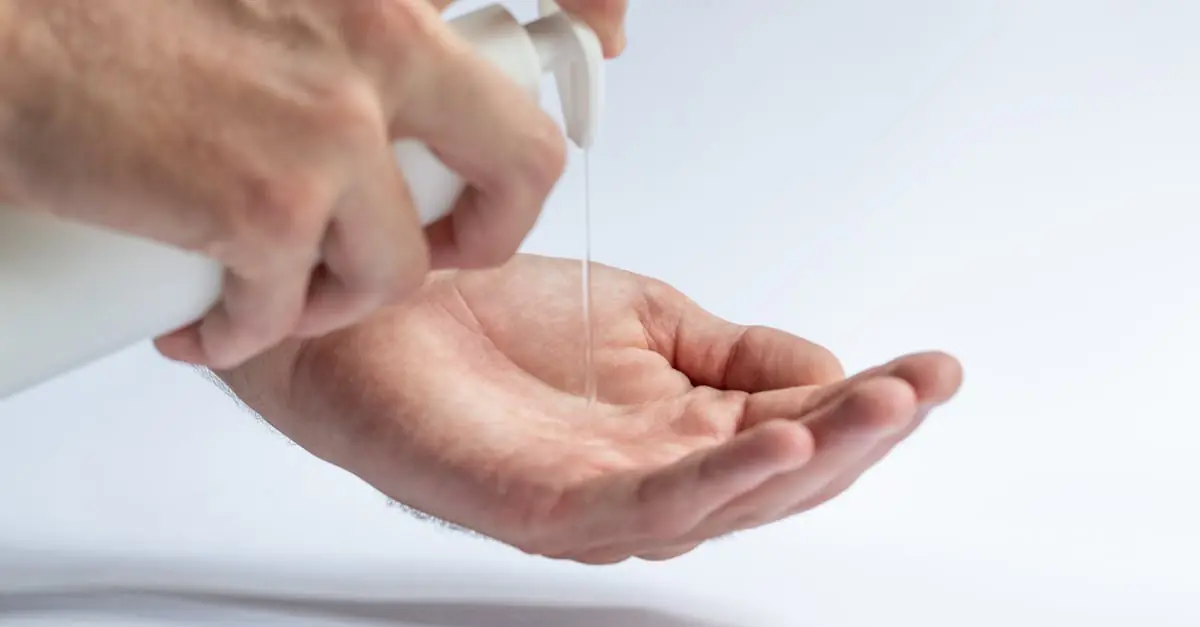Navigating the world of skincare can feel like trying to solve a Rubik’s Cube blindfolded. With so many products and routines out there, it’s easy to get lost. Enter adapalene gel, the superhero of acne treatment that’s ready to save the day—if you know when to call it into action.
Table of Contents
ToggleUnderstanding Adapalene Gel
Adapalene gel serves as a crucial component of many effective skincare routines. This topical retinoid addresses acne and promotes smoother skin.
What Is Adapalene?
Adapalene is a synthetic retinoid, specifically designed for topical application. It helps regulate skin cell turnover, which can prevent clogged pores. People often use it for acne treatment due to its anti-inflammatory properties. The gel form enhances absorption, making it practical for daily use. Adapalene’s efficiency sets it apart from other retinoids, ensuring users’ skin responds positively to treatment.
Benefits of Adapalene
Adapalene boasts multiple benefits for skin health. It effectively reduces acne lesions, decreasing breakouts over time. Enhanced skin texture often results from consistent use. Additionally, users experience minimized fine lines and improved skin tone. Adapalene’s non-comedogenic properties prevent further pore blockage. Those who incorporate it report greater overall skin clarity and resilience.
When to Introduce Adapalene in Your Routine
Introducing adapalene gel into a skincare routine requires careful consideration of individual skin needs and existing products. Timing and compatibility play crucial roles in maximizing its benefits.
Skin Type Considerations
Sensitive skin types may experience irritation. Adapalene gel manages acne effectively but can cause dryness. Oily skin types often see significant improvements in texture and clarity when incorporating adapalene. It’s advisable for individuals with normal or combination skin to monitor for sensitivity. Those with very dry or compromised skin should proceed cautiously and focus on hydration alongside adapalene. Identifying specific skin concerns helps determine the right moment for introduction.
Existing Skincare Products
Evaluate current skincare products before adding adapalene gel. Using other retinoids or exfoliants simultaneously may increase irritation. Gentle cleansers should combine with adapalene for optimal results. Moisturizers with hydrating ingredients complement the gel’s effects and keep the skin barrier intact. Incorporating sunscreen is essential during adapalene use, as it enhances sun sensitivity. Users may choose to start with a few evenings per week, gradually increasing frequency as the skin adjusts.
How to Incorporate Adapalene Gel
Incorporating adapalene gel into a skincare routine requires careful consideration of timing and technique. Each application enhances its benefits while minimizing potential irritation.
Morning vs. Night Application
Applying adapalene gel at night proves most effective for most users. Nighttime usage allows the skin to absorb the product without interference from other products and environmental factors. Skin tends to regenerate during sleep, creating an optimal window for treatment. Users with oily skin may benefit from nighttime applications due to reduced irritation. Those with sensitive skin should prioritize evenings to adjust gradually. Although some users explore morning applications, the increased sun sensitivity requires diligent sun protection.
Application Tips and Techniques
Employing effective application techniques maximizes adapalene gel’s results. First, cleanse the face using a gentle formula to remove impurities. After drying, applying a pea-sized amount of gel to targeted areas is essential. Users should avoid the eye area to prevent irritation. Patting the product into the skin allows for better absorption without excessive rubbing. Spreading the gel evenly also creates a consistent application. Following adapalene usage, an oil-free moisturizer may help reduce dryness and irritation. Lastly, incorporating sunscreen in the morning safeguards against UV damage.
Common Mistakes to Avoid
Adhering to a proper skincare routine is essential for effective use of adapalene gel. Avoiding these common mistakes can enhance results and minimize irritation.
Overuse of Adapalene
Using adapalene too frequently can lead to skin irritation. Users may mistakenly think more product means better results, but this isn’t the case. Skin may become excessively dry or inflamed, negating the benefits. Starting with a limited application—two to three times a week—enables the skin to adjust gradually. As tolerance builds, users can increase frequency, but jumping in too quickly often worsens sensitivity. It’s vital to monitor skin reactions closely and adjust usage to find the optimal balance for individual needs.
Mixing with Certain Ingredients
Combining adapalene with harsh products can lead to complications. Retinoids, alpha hydroxy acids, or beta hydroxy acids may heighten irritation when used together. Skincare products containing alcohol or fragrances can also worsen dryness or sensitivity. A careful approach is necessary; users should introduce one new product at a time and observe their skin’s response. Prioritizing gentle, hydrating ingredients can help maintain skin barrier integrity while using adapalene. Knowledge of ingredient interactions enhances the overall effectiveness of the routine, preventing adverse reactions.
Navigating the world of skincare can be daunting but incorporating adapalene gel into a routine can make a significant difference. By understanding individual skin types and needs users can maximize the benefits while minimizing irritation. Starting slow and paying attention to the skin’s response is key to achieving optimal results.
With consistent use and proper application techniques adapalene gel can enhance skin clarity and texture over time. Prioritizing hydration and sun protection further supports the skin’s health during treatment. Embracing this powerful ingredient can lead to a clearer and more resilient complexion for those willing to commit to their skincare journey.




